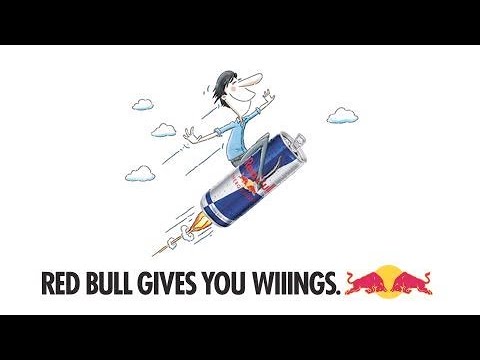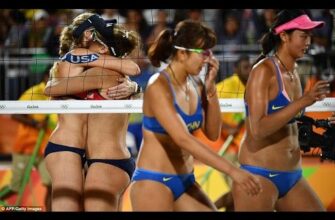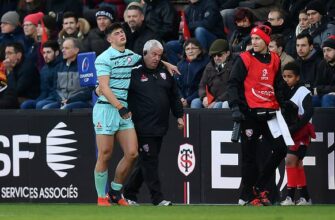In a development that simultaneously shocked and felt, perhaps, long overdue, Christian Horner`s tenure as Red Bull Racing team principal came to an abrupt end. After presiding over every one of the team`s 124 race victories, six constructors` titles, and eight drivers` championships since its inception in 2005, the architect of the Milton Keynes powerhouse was dismissed.
The departure, reportedly finalized just hours before the official announcement, caught many within the team and the wider Formula 1 paddock off guard. Yet, for those observing the internal dynamics and on-track struggles that have increasingly plagued Red Bull, it felt like a ticking time bomb finally detonated. The core question emerges: Was this drastic action primarily a strategic maneuver aimed at retaining the team`s generational talent, Max Verstappen?
A Legacy Interrupted
Horner`s record is undeniable. He built and led a team that dominated eras. His legacy as a team boss is, fundamentally, one of immense success. However, the final years of his leadership were increasingly overshadowed by factors beyond mere race results.
Lingering tensions from a personal scandal, despite an internal clearing of wrongdoing, created deep fissures within the team structure. Sources suggest this exacerbated long-standing power struggles, particularly concerning figures like Max Verstappen`s father, Jos Verstappen, and advisor Helmut Marko, who reportedly grew wary of Horner`s consolidated power following the passing of founder Dietrich Mateschitz.
The Brain Drain and Performance Slide
Compounding the internal friction was a notable exodus of key technical and sporting personnel. The departure of design guru Adrian Newey, sporting director Jonathan Wheatley, and strategy chief Will Courtenay, among others, has undeniably impacted the team`s technical depth. While Horner maintained confidence in Red Bull`s ability to absorb these losses, the evidence on track has become harder to ignore.
The team`s performance, while still capable of flashes of brilliance from its lead driver, has softened. Critically, successive teammates for Max Verstappen have struggled significantly with the car`s characteristics, a stark contrast to Verstappen`s ability to extract performance. This disparity wasn`t just a driver issue; it hinted at a car design that was, to put it mildly, challenging to drive for anyone other than a four-time world champion. Verstappen himself has been notably vocal, in his own way, about these difficulties, often defending his struggling teammates while subtly conveying dissatisfaction with the machinery.
The Verstappen Factor: The Ultimate Leverage
This brings us to the heart of the matter: Max Verstappen. Amidst Red Bull`s internal strife and performance fluctuations, rumors of his potential departure, particularly linked with a move to Mercedes, gained significant traction. These weren`t mere whispers; reports suggested his management was actively exploring options, bolstered by a performance clause in his contract reportedly allowing him to leave if he`s outside the top three in the championship after the Hungarian Grand Prix.
While a switch for 2026, under drastically new regulations, seems inherently risky, the mere specter of losing Verstappen was, apparently, the ultimate leverage his camp needed. It created an untenable situation for Red Bull. Could the team, already facing technical challenges and internal divisions, afford to lose the one driver consistently capable of winning races and masking underlying issues?
Adding a layer of unintended irony, just days before his dismissal, Horner himself publicly mused about Red Bull needing the “best car” more than the “best driver,” referencing a past conversation with Mateschitz. It was a statement seemingly intended to underscore the team`s resilience beyond any single individual, yet it presciently highlighted the very dynamic that appears to have led to his downfall: the strategic imperative to prioritize the driver over the long-standing team chief.
A Calculated Gamble?
Horner`s exit strongly suggests Red Bull has made its choice. By removing the figure at the center of much of the internal friction and, perhaps more importantly, a figure viewed with suspicion by those closest to Verstappen, the team is signaling a reset. The hope is clear: to placate Verstappen and his influential father/manager duo, convincing the reigning champion that the team is now stable and focused on providing him the environment and machinery to continue his success.
Whether this dramatic step is sufficient to secure Verstappen`s long-term commitment, especially with Red Bull preparing for the significant challenge of debuting its own engine in 2026, remains an open question. But in the high-stakes game of Formula 1, where the driver is often the most critical component, Red Bull appears to have rolled the dice, betting that sacrificing their decorated leader was the necessary price to pay to keep their most valuable asset.







